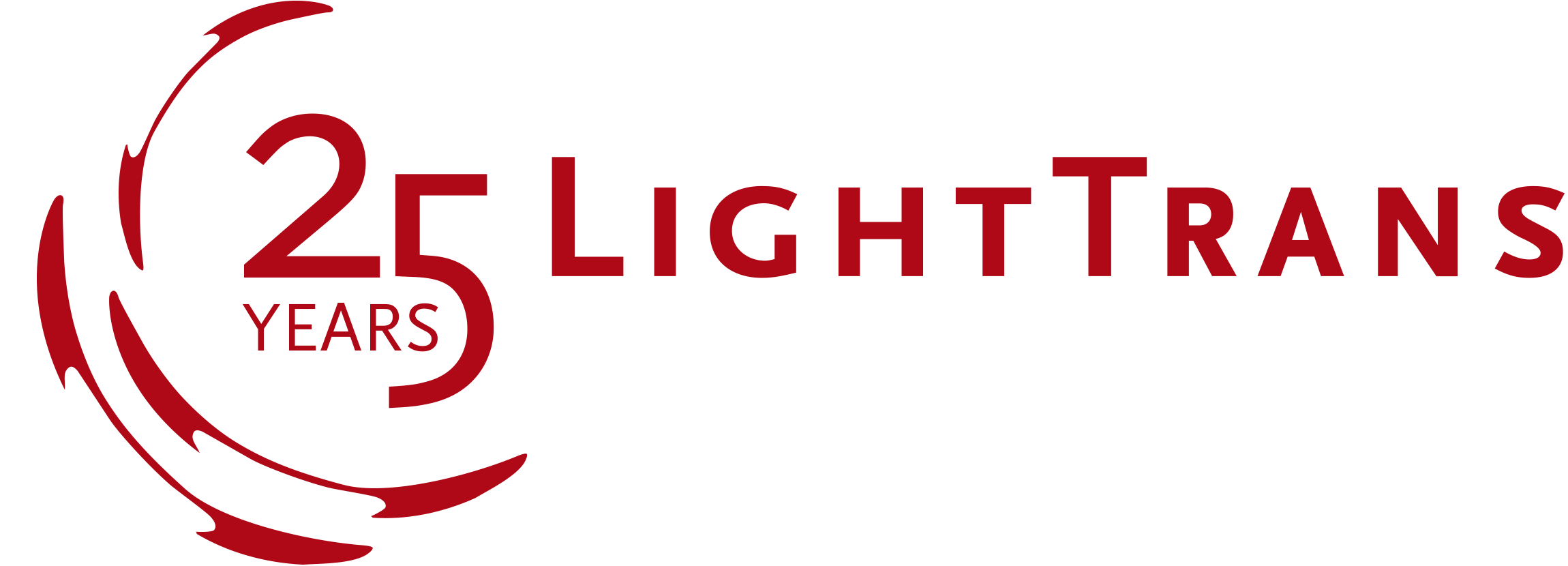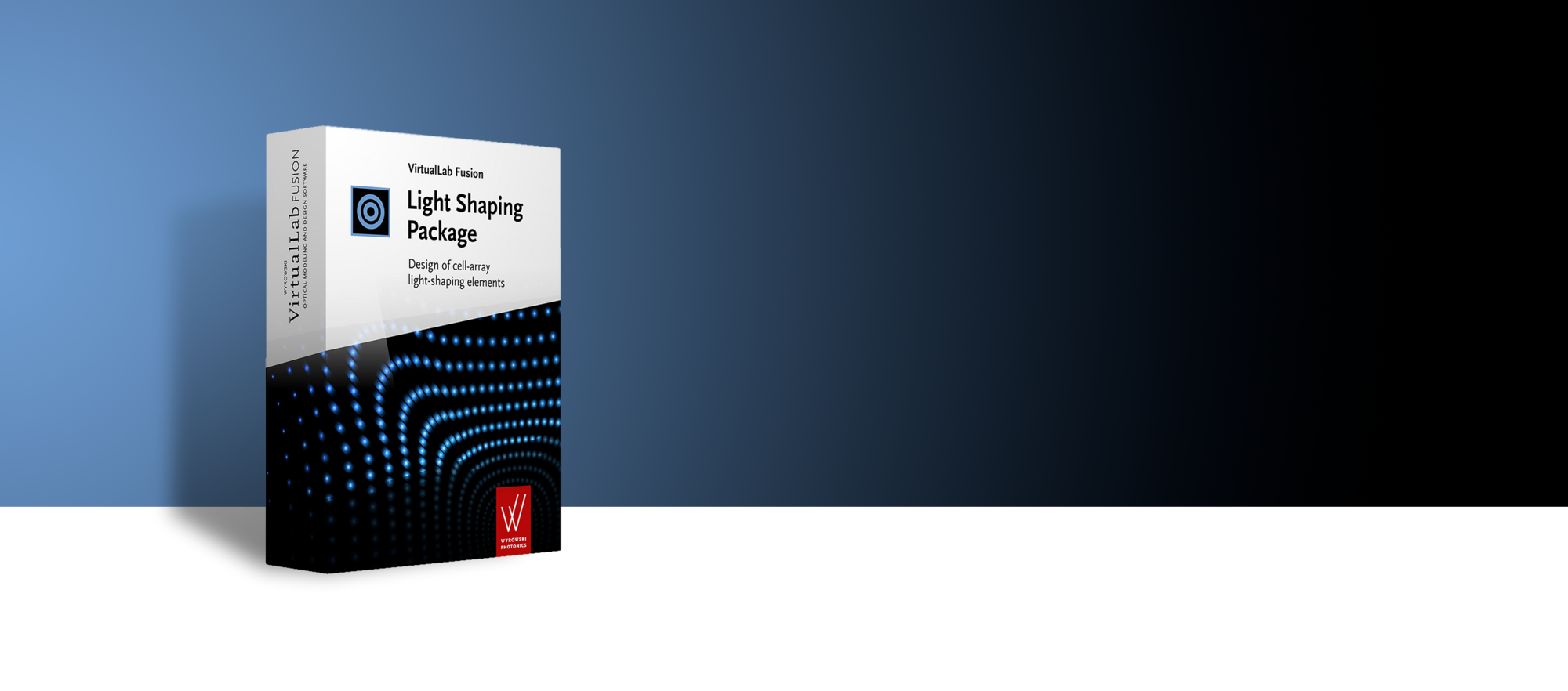VirtualLab Fusion – Light Shaping Package
With this package added to your VirtualLab Fusion software, you gain the capability to design cell-based light-shaping elements that redirect light to create specific illumination patterns.
Design Considerations
When designing cell-based light shapers, a balance must often be struck between product design, manufacturing constraints, and the shaper's optical characteristics. For instance:
- Mirror-based light shapers offer the advantage of no dispersion, making them ideal for use with broadband light sources. However, they may not always be the most desirable choice from a product design perspective.
- Prism-based light shapers operate in transmission, but the material dispersion causes different wavelengths of light to be redirected into slightly different directions. While this effect is typically small, it is often undesirable in light-shaping applications.
- Grating-based light shapers exhibit very strong angular dispersion of the wavelengths, which can be particularly noticeable when using broadband light sources like LEDs.
Fortunately, VirtualLab Fusion can simulate all these scenarios, allowing you to explore and optimize the best solution for your specific needs.
Design Workflow
- Set Up the Light Source and Illumination Optics
- Utilize VirtualLab Fusion’s model for extended multiwavelength sources to configure the spectrum and spatial coherence of the emitted light. This flexible source type can capture key optical characteristics of LEDs, enabling practical and reliable simulations.
- Design a lens system that optimizes illumination on the light-shaping element for improved efficiency and performance.
- Utilize VirtualLab Fusion’s model for extended multiwavelength sources to configure the spectrum and spatial coherence of the emitted light. This flexible source type can capture key optical characteristics of LEDs, enabling practical and reliable simulations.
- Configure the Light-Shaping Element
Light-shaping elements are constructed as 2D arrays of cells arranged in a rectangular pattern, such as 100 × 100 cells or 1000 × 1000 cells, depending on fabrication constraints. There are three types of cell-based light shapers to choose from:
- Diffractive Light Shapers: Each cell acts as a grating with adjustable period, orientation, and lateral shift.
- Refractive Light Shapers: Each cell contains a prism with configurable apex angle, orientation, and offset height.
- Reflective Light Shapers: Each cell functions as a mirror with adjustable tilt, orientation, and offset height.
Note:
Prism and mirror cells are structurally similar, but for prisms, only the transmitted light is used in the simulation,
while for mirror cells, only the reflected light is considered.
- Diffractive Light Shapers: Each cell acts as a grating with adjustable period, orientation, and lateral shift.
- Execute the Cell Array Design Routine
- Define the target light pattern by either importing a black-and-white image or creating it directly within VirtualLab Fusion.
- Run the dedicated algorithm, which adjusts the configurable parameters of the light shaper to distribute the light as uniformly as possible across the specified white regions.
- Define the target light pattern by either importing a black-and-white image or creating it directly within VirtualLab Fusion.
VirtualLab Fusion will display the resulting light pattern, which may not yet meet your expectations. At this point, refine your setup and restart the design routine.
Export for Fabrication
The package supports exporting shaper designs in formats suitable for fabrication:
- Raw Data: Parameters for each cell can be exported in .csv format.
- CAD Formats:
- Prism and mirror shapers can be exported as Standard Triangle Language (.stl) files.
- Grating-based shapers can be exported in GDSII (.gds) format.
- Prism and mirror shapers can be exported as Standard Triangle Language (.stl) files.
Conclusion
The Light-Shaping Package in VirtualLab Fusion provides a powerful tool for designing and optimizing light-shaping elements. The realistic simulation results help you strike a balance between design and fabrication constraints on the one hand, and the best possible generation of the desired light pattern on the other. The software also generates data files in various formats, which can be used for the fabrication of the light-shaping elements.




